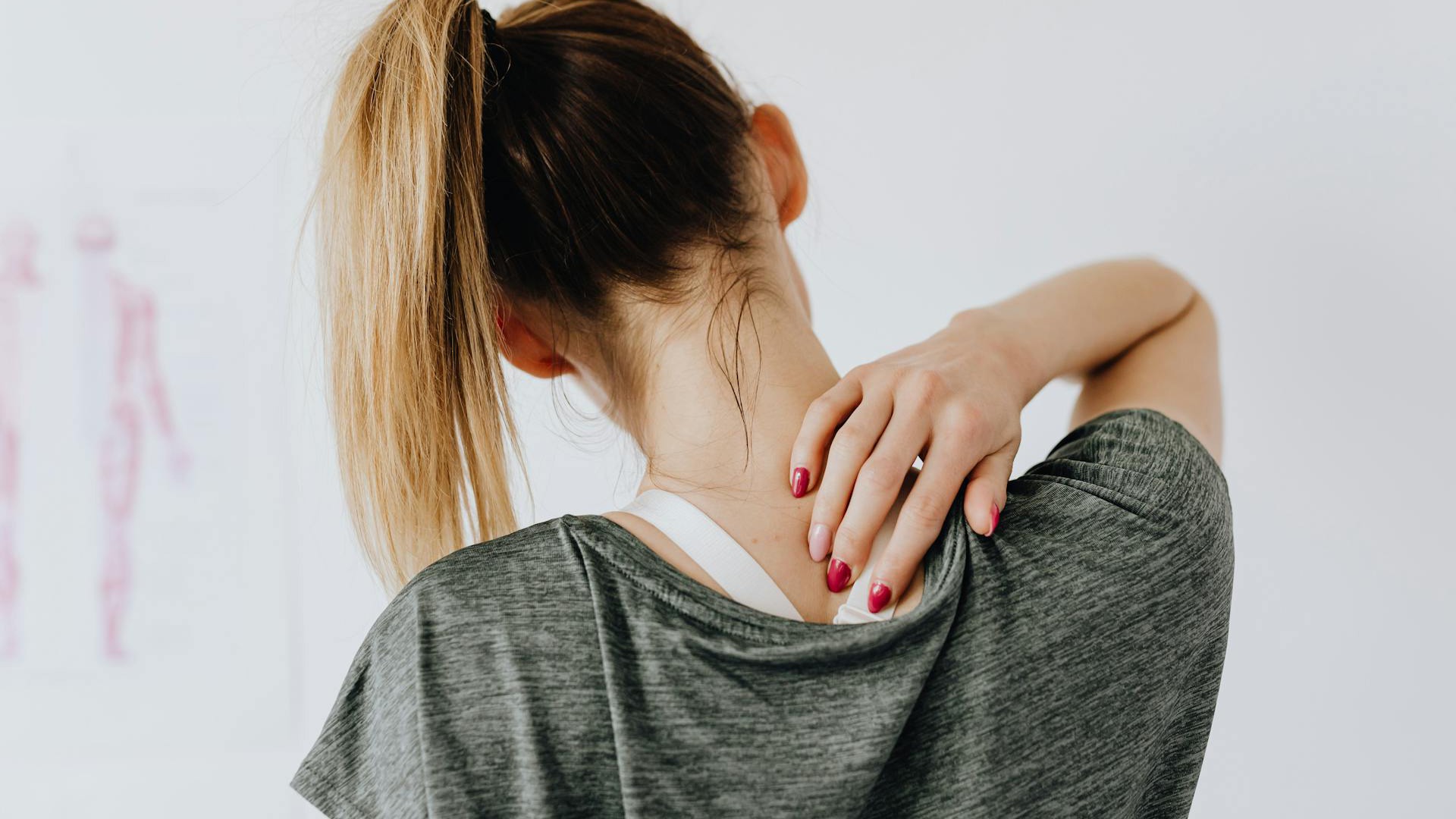Quick: Picture students partaking in a class at a massage training school. You likely envision people using their thumbs, fingers, and elbows to press into muscles. Or perhaps, if you’ve ever experienced Thai Massage, you might see the therapists-in-training using their full bodies on clients, pulling and pressing while in yoga-like postures. For most massage modalities, this understanding of pressing into tissue to relieve pain and tension is correct. Cupping is an exception.
While most manual therapies use downward pressure to alleviate muscle adhesions, cupping uses suction to pull tissues up. As an analogy, think of a dirty rug. You could use a broom to press into the rug fibers, sweeping away any debris. Or you could use a vacuum to suck dirt up and away. Both techniques can be effective ways to clean. They are just different approaches. Similarly, traditional manual massage and cupping both work to dislodge debris and loosen adhesions in the body.
Like most Chinese healing techniques, cupping dates back thousands of years. The first mention of cupping can be found in a book titled A Handbook of Prescriptions for Emergencies, dated 300 CE.
Here’s how the method works: The practitioner uses bamboo jars or glass cups as suction devices positioned on the skin. Acupuncturists may use fire to create a vacuum within the vessels. The fire consumes the oxygen in the cup. In a massage class, you might see therapists using silicone suction or plastic pump cups instead.
Cups may be held in one place, or slid along the skin like a moving vacuum – called “gliding cupping” or “moving cupping.” The practitioner uses his or her understanding of Chinese meridians to place cups effectively. In this way, cupping is similar to acupuncture and Amma therapy.
Benefits of Cupping
–Stimulates blood flow.
–Loosen muscles.
–Relieves pain.
–Reduces stress.
Many clients report that cupping helps alleviate migraines, anxiety, fatigue, and more. In China, cupping is often used to treat lung disorders such as asthma. It is also a popular therapy for gastrointestinal disorders.
While the bruises that sometimes follow cupping may appear painful, the treatment is actually quite enjoyable and relaxing for most recipients. Like other massage modalities, cupping soothes the nervous system, creating a parasympathetic “rest and digest” response, dropping blood pressure and inducing deep relaxation.
Hunting for massage schools in Portland that offer cupping classes? Look no further. Our continuing education offerings include cupping instruction. To find a cupping workshop, head over to our continuing education page.



